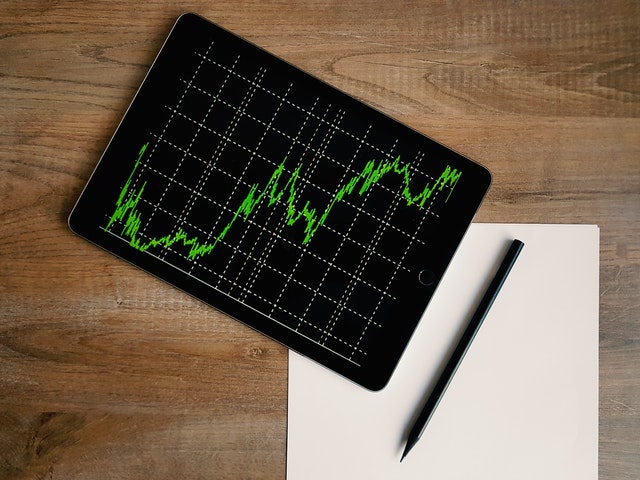In this article, we have covered the highlights of global market news about the Grayscale, S&P 500, Euro under pressure, Rupee drops. and Gold Update.
Grayscale sues the SEC after its proposal to convert the biggest bitcoin fund into an ETF was denied.
The SEC turned down Grayscale’s request to convert its GBTC vehicle into an ETF on Wednesday. With the United States Court of Appeals for the District of Columbia Circuit, Grayscale filed a petition contesting the ruling.
The first U.S. spot bitcoin ETF’s approval by the SEC has been the main focus of the cryptocurrency bulls.
Stock futures are down as S&P 500 headed for worst first half since 1970.
Early on Thursday morning, U.S. stock index futures were marginally down as the S&P 500 was ready to close off its worst first half in decades.
The Dow Jones Industrial Average futures contracts decreased by 0.23 percent, or 71 points. Nasdaq 100 futures down by 0.33 percent, while S&P 500 futures fell by 0.29 percent.
The Dow gained 82 points, or 0.27 percent, during normal trade, marking the first up day in three. Both the S&P 500 and the Nasdaq Composite saw their third consecutive down days, with losses of 0.07 percent and 0.03 percent, respectively.

Euro under pressure as inflation worries lead investors to the dollar.
After losing ground to a stronger U.S. dollar overnight due to fresh concerns about rising rates and a worldwide recession, the euro found it difficult to recover its footing on Thursday. The euro was trading at $1.044, down 0.75 percent from the previous day and on track to lose 2.7 percent for the month.
As a result of safe-haven flows and the continued positive effects of the Swiss National Bank’s unexpected rate decrease two weeks ago, it also fell to a new 7-1/2-year low against the Swiss franc of 0.99663 francs.
The rupee drops to a new low of 79.06 per dollar.
On offshore derivative platforms, the rupee breached the 79 level against the dollar for the first time on Wednesday due to worries that rising motor fuel prices would widen the trade deficit. However, timely central bank interventions on a less volatile trading day helped the local currency defend that level in the spot market. However, the local unit finished at new record lows.
The dollar’s upward movement versus a basket of currencies continues. On the final day of the month, worries over an increasing current account deficit—or an excess of foreign payables over foreign receivables—reemerged.
Gold will see its worst quarter in five years as the dollar predominates.
According to Matt Simpson, senior market analyst at City Index, the U.S. dollar and increasing rates have contributed to the underperformance of gold, although gold traded in other currencies hasn’t fared too poorly.
The price of gold for purchasers holding foreign currencies increased as the U.S. dollar remained close to recent two-decade heights and was expected to have its best quarter in more than five years.
On Wednesday, the top central bankers said that bringing down excessive inflation would be challenging and potentially hinder GDP. However, it must be done quickly to prevent sharp price rises from being ingrained. Holding bullion, which pays no interest, has a higher opportunity cost due to rising bond rates and interest rate increases implemented by central banks to combat inflation. With prices returning to levels they began 2022 at, slightly around $1,800, gold’s performance in the second quarter reverses gains gained earlier in the year as a mounting crisis between Ukraine and Russia increased demand for the haven.
According to Ilya Spivak, a currency analyst at DailyFX, the bias will become more pessimistic as rate increases continue and inflation forecasts lower. He also said that $1,780-$1,790 is a crucial support level.
Please click here for the Global Market News from June 27th June, 2022.


